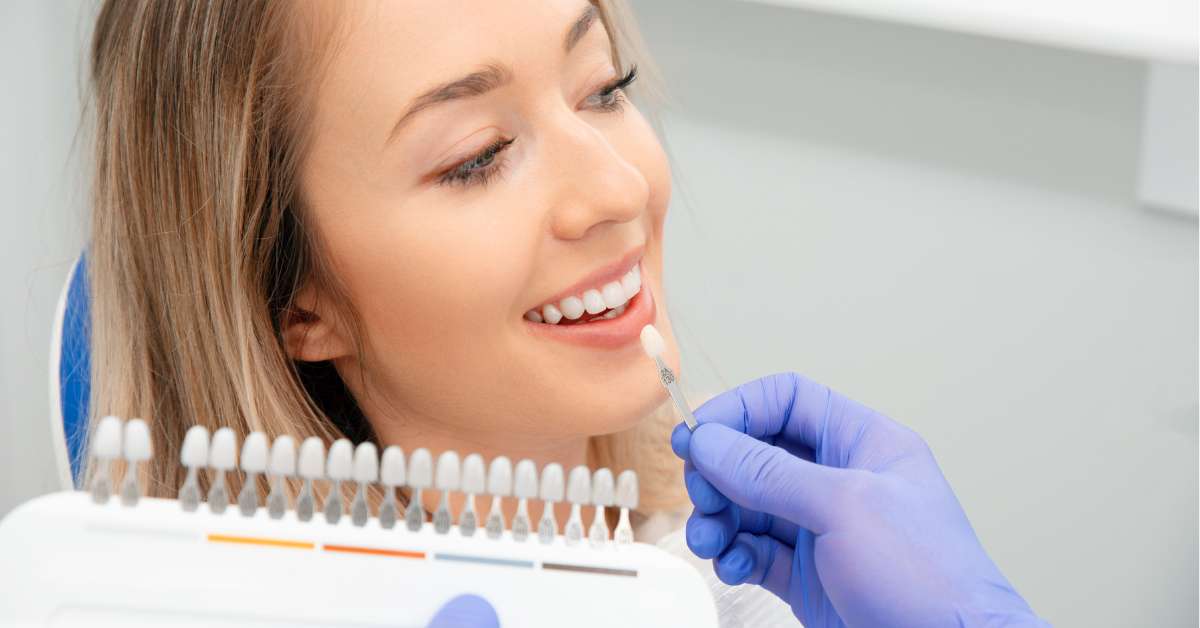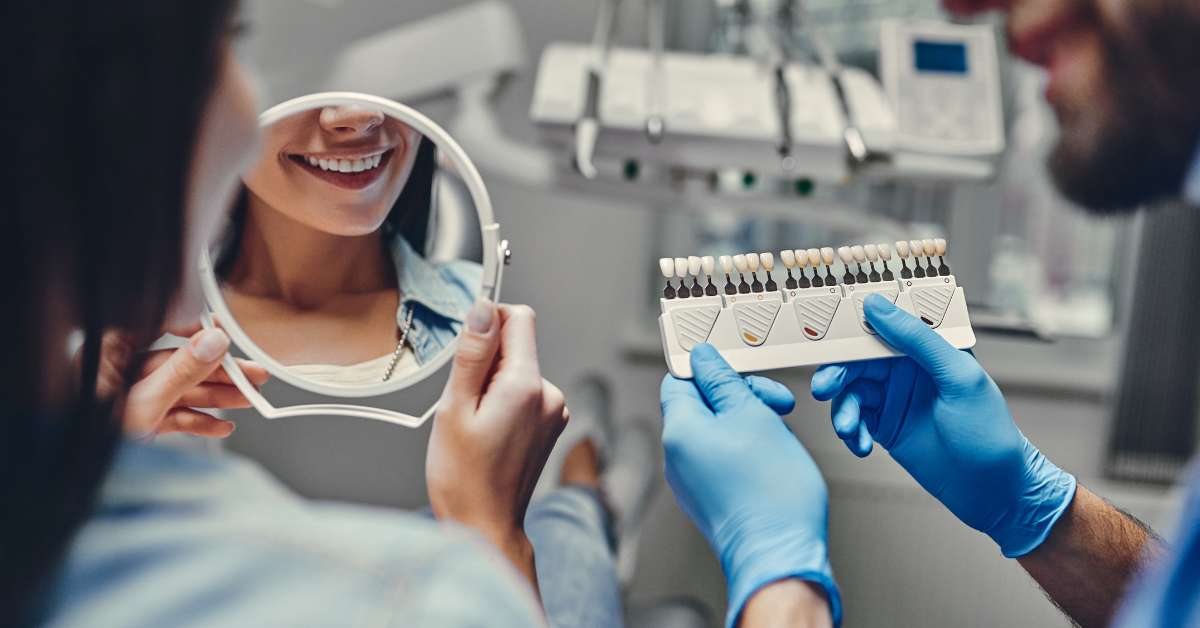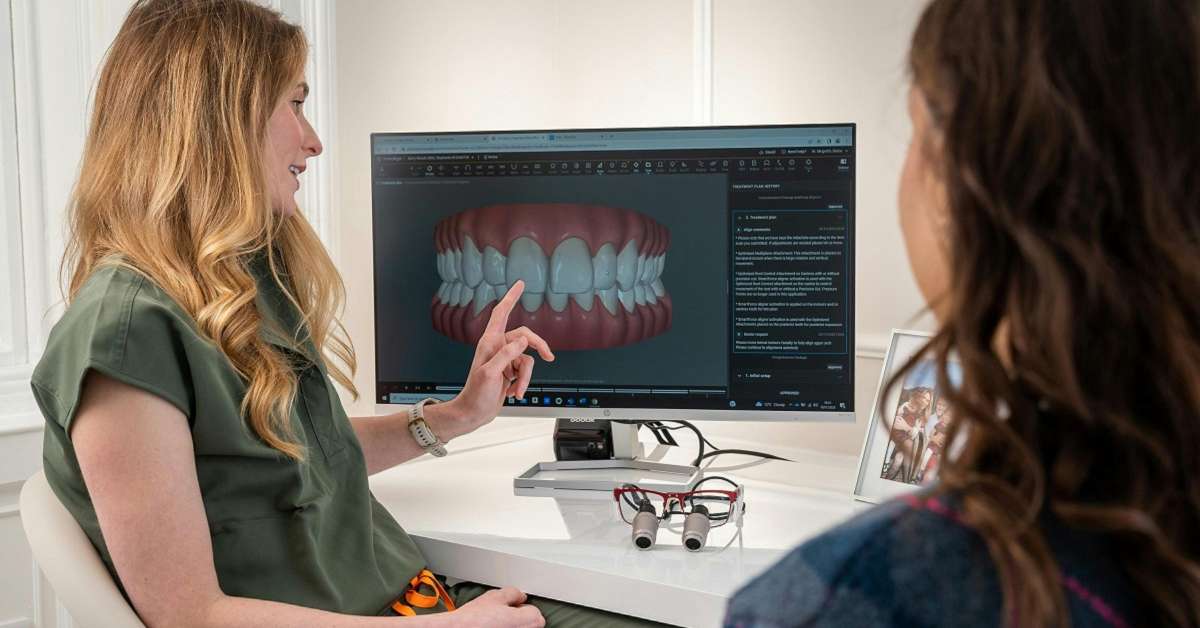Are you unsure what to expect at your next dental cleaning? Maybe your last visit involved a cavity, a deep cleaning, or a reminder to floss more. Now the follow-up is coming up, and you’re unsure what they’ll find.
It’s not your first time, but it feels different. You’re wondering if things got better… or worse. That kind of uncertainty makes a lot of people nervous.
A dental cleaning is one of the simplest, most useful things you can do to keep your mouth healthy. It checks what’s working, what needs attention, and what you can do to stay on track.
Here’s what you can expect this time around, and why it might be easier than you think.
KEY POINTS
- A dental cleaning checks for early signs of problems like gum disease or decay. It’s a chance to catch things early and keep past issues from getting worse.
- Most cleanings are quick and painless. Even if it’s been a while, understanding the steps makes the visit easier, and getting back on track is always worth it.
What Your Dental Cleaning Really Looks Like From Start to Finish?
When you sit down for your dental cleaning, you’ll go through a few simple steps. None of it’s complicated, and most of it goes quicker than you think. But knowing what’s coming can make the whole thing feel less tense.
1. Quick Mouth Check
Before the cleaning starts, your hygienist takes a good look around. They’ll use a small mirror to check your teeth, gums, and anything left over from your last visit, like a healing spot or a sensitive area. If something looks off, they might bring the dentist in to decide if the cleaning should go ahead as planned.
2. Plaque and Tartar Removal
This is where you hear the scraping. Using a scaler, the hygienist removes the hardened plaque (tartar) from around your gumline and between your teeth. It sounds worse than it feels. If you’ve kept up with brushing and flossing, this part goes pretty fast.
3. Polishing
Once the tartar’s gone, your teeth get brushed with a gritty paste and a high-powered electric tool. It helps smooth the surface and wipe away anything left behind. It’s noisy, but it doesn’t hurt. Most people say it just feels a little strange.
4. Flossing
Next, they’ll floss your teeth. Even if you floss at home, this helps catch anything still stuck. It also lets them spot spots that bleed or seem irritated, which could be a sign of gum trouble.
5. Rinse
You’ll rinse your mouth with water or a fluoride solution. It clears out the debris and gets your mouth ready for the last step.
6. Fluoride Treatment
Last, they’ll apply fluoride. It might be in a tray you bite into, or they might paint it on with a brush. It helps protect your enamel, especially if your teeth have been at risk for decay. You’re done in about a minute.
What Your Dental Team Is Watching For
While your teeth are being cleaned, your hygienist and dentist are quietly checking for signs of bigger issues. Here’s what they’re really looking at:
- Gums — Swelling, bleeding, or pockets that point to early gum disease
- Teeth — Weak spots, cracks, or early decay before it becomes a cavity
- Enamel — Signs of grinding, wear, or acid erosion
- Old fillings or dental work — Making sure they’re still holding up
- Jaw and bite — Checking how your teeth come together and whether it’s affecting anything
- Mouth tissue — Looking for sores, patches, or anything unusual (early signs of oral cancer)
- Changes since your last visit — Healing areas, receding gums, or signs of improvement
A good cleaning gives them a full read on how your mouth’s doing and not just what’s dirty, but what needs watching.
If It’s Been a While, Here’s What Might Be Different
Well, life gets busy. And once you miss a visit, it’s easy to put it off again. But the longer you wait, the more buildup your teeth collect. That changes how your next cleaning goes.
You might hear your hygienist mention a “deep cleaning” if your gums are inflamed or pulling away from your teeth. That just means a more thorough cleaning under the gumline. They’ll numb the area if needed.
The visit could take longer, or you might need more than one. Your gums may feel sore afterward, especially if flossing hasn’t been a habit.
How to Make Your Dental Cleaning Go Smoother
There’s not much you need to do before a cleaning, but a few simple steps can make it easier for you and your hygienist.
- Brush and floss the night before. Skip the over-scrubbing. Just clean your teeth like you normally would.
- Eat a light meal before your appointment. You don’t want to sit through a cleaning on an empty stomach, but avoid sticky or sugary foods.
- Skip the coffee or energy drinks. They can stain your teeth and make you jittery.
- Let them know if you’re nervous or sensitive. They’ll go slower or numb the area if needed.
- Take a pain reliever if you’re prone to soreness. For some people, it helps take the edge off afterward.
Time to Book That Cleaning
A dental cleaning does more than polish your teeth. It checks on what’s healing, catches problems early, and helps you avoid bigger issues down the line. Whether you’ve been going regularly or it’s been a few years, the next visit matters.
At Digital Aesthetic Dentistry, we make it easy. No pressure. No lectures. Just clear answers, personal care, and the latest tools to keep your mouth healthy. Whether you’re due for a routine cleaning or need a deeper look at something your last visit revealed, we’re here to help you stay on track.
Let us take care of your smile!
FAQs
Does it hurt?
Not really. You might feel pressure or slight sensitivity, especially if it’s been a while, but most cleanings aren’t painful. If something bothers you, speak up—they can adjust.
Why do my gums bleed?
It usually means you haven’t been flossing regularly. The good news is that bleeding gums often clear up once you start getting cleanings and flossing more at home.
Will they still clean my teeth if I have a cavity?
Yes, but they may change the plan. If something serious shows up, like gum disease or infection, they might treat that first.




